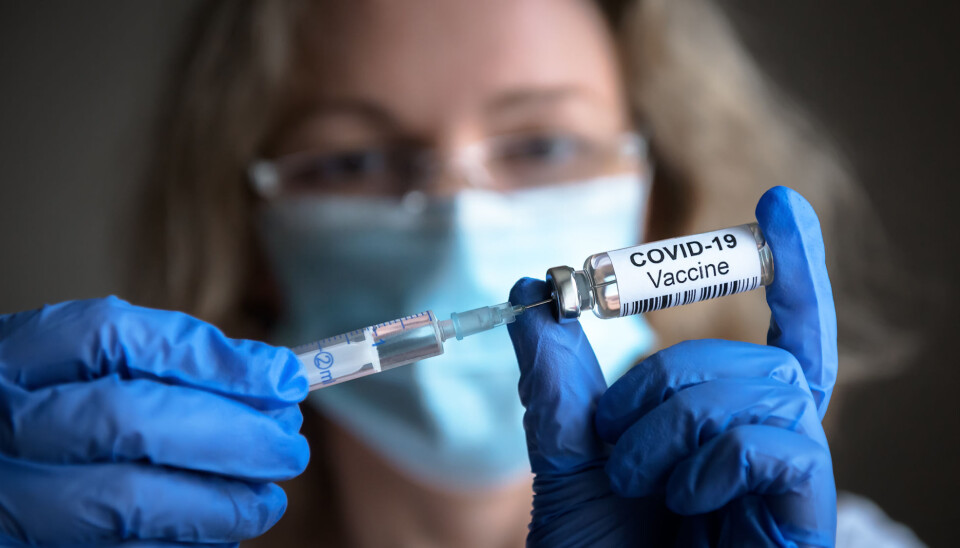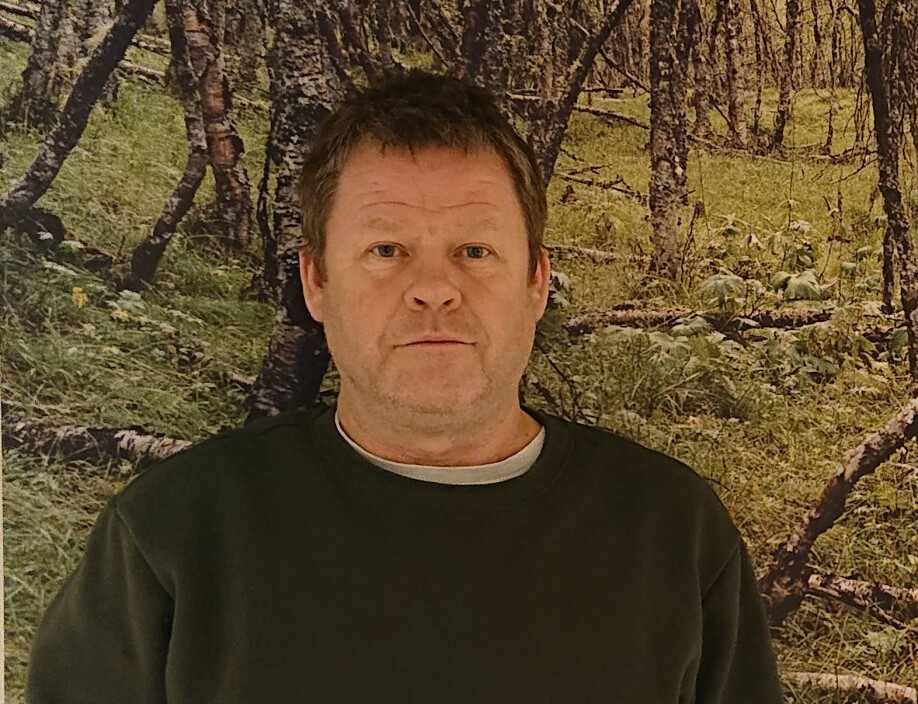
Economist: Vaccination most effective in areas with the fewest infections
We’ll get the greatest benefit from each vaccine dose if the vaccine is first given in areas with little infection, says researcher. Norway, for example, is in a far better situation than the United States to get the maximum utility from each vaccine dose.
Elderly people over 65 and those who are in the risk groups for a serious course of COVID 19 will receive the first vaccine doses that will be shipped to Norway, Norway’s Minister of Health said on 4 December.
The Norwegian Institute of Public Health (NIPH) and the government have thus chosen to follow the advice of the government’s ethics committee, which believes that life and health should be given the highest priority.
The first vaccines will thus be distributed equally to municipalities based on the proportion of people over 65 years. Residents of nursing homes will be given priority. Healthcare professionals will then be offered the vaccine.
The government has also said it may give priority to areas where the infection has spread widely. But this is a bad idea, according to Eric Nævdal, a social economist and researcher at the Frisch Centre.
Best effect in areas with the fewest infections
It seems logical to start vaccinating where the spread of the virus is greatest. But Nævdal says the opposite is true.
"Unfortunately, the dynamics of an epidemic are such that things that seem sensible in a normal situation are wrong in an epidemic," Nævdal told sciencenorway.no.
“Vaccines are most useful early in the course of an epidemic, when few people are infected,” he said.
The utility value is calculated on the basis of economic models combined with mathematical models of epidemics, and is based on the premise that vaccines are a scarce resource, but effective at conferring immunity.
“In areas where the infection has spread widely, vaccines will in many cases be given to people who are or have been ill with few or no symptoms and have already acquired immunity. These vaccines are wasted,” he says.
“Also, where few people are or have been infected, each vaccine dose actually protects more people. You thus get the largest reduction in the number of infected individuals per vaccine,” he said.
As long as vaccines are a scarce resource, it’s therefore more effective to start general vaccination programs in areas with little infection, instead of prioritizing areas where the infection has spread widely, he said.
This strategy will provide the greatest benefit from each vaccine until herd immunity in the area is reached.

Norway is the perfect place to start vaccinations
To illustrate his point, Nævdal compares Norway to the USA. The researcher believes that Norway is far better positioned than the USA to get the maximum benefit from general public vaccination programs against COVID 19.
“What we have achieved with social distancing puts our country in a perfect starting place to get the full effect of a vaccine,” he says.
In Norway, no more than 1-2 per cent of the population has been infected. As a result, the country stands to get a very strong effect from the first vaccines.
“The benefit of the vaccine programme is at its greatest when only a few people have been or are infected. Thus, we get almost a full effect from each dose,” he says.
This is in stark contrast to the United States.
Benefits for the US from vaccination will be significantly lower
“The US is in a phase now where the epidemic is spreading rapidly. Perhaps 10-15 per cent of the population are or have been infected. Even more will be infected before the vaccine becomes widely available,” Nævdal says.
“The proportion of wasted vaccines will then be much greater. The benefit to the United States from vaccination will be significantly less than for Norway,” he says.
Instead, they would achieve a far greater effect from social distancing, he believes. “The US is at a stage of the epidemic where social distancing is at its most valuable.”
Nævdal emphasizes that setting priorities for vaccine programmes depends on more than just the consideration of reaching the least possible number of infections in total.
“If pressure from high infection levels leads to the local collapse of the health care system, this also has to be taken into account when deciding how much effort to put where,” he said.
Good access means that areas with little infection can wait
Nævdal’s reasoning is based on the fact that vaccines are a scarce resource.
The situation would be different if for instance Norway knew that the scarcity is temporary and that it will have good access to vaccines before too long. In that case, knowing that people in areas with little or no infection can be vaccinated before the infection there takes hold, it’s reasonable to wait to vaccinate there, and rather focus on areas where infection is more widespread.
Nævdal emphasizes that his analysis assumes that everything other than infection rates is the same in the areas.
“But when you compare a place with a dense population and a place with a scattered population, the effect of a vaccine can be greater where there is a scattered population,” he says.
His assessment assumes that social distancing is practiced equally diligently in the two imaginary areas.
Nævdal studies the optimization of dynamic processes and is an expert in dynamic cost-benefit analyses.
As early as 2012, he became interested in epidemics, and published an article on optimal vaccination programmes.
He has also written an article this year on the effects of social distancing.
“The virus will spread much more slowly or may never come to an area if people keep far enough away from each other,” he said.
If people are very close to each other, a few vaccines won’t make a significant difference. Vaccines are at their most effective when infection levels are moderate, he said – again, given that vaccines are scarce.
Vaccinate the vulnerable, or people who visit them?
But the Norwegian government's priorities have first and foremost been set based on protecting life and health, a decision that Nævdal is not opposed to. On the other hand, he points out that prioritizing vulnerable groups is not necessarily the same as vaccinating them.
“It may be more effective to vaccinate people who visit vulnerable groups, whether they are health professionals or relatives,” he said. “This is not something I have calculated as I don’t have access to the data required to make these calculations. But it is a real issue that should be investigated.”
Translated by: Nancy Bazilchuk
Reference:
E Nævdal: Fighting transient epidemics - optimal vaccination schedules before and after an outbreak. Summary. Health Economics, 23 October 2011.
E. Nævdal: Epidemics and increasing returns to scale on social distancing. Covid Economics, 23 July 2020.
———
Read the Norwegian version of this article on forskning.no
































